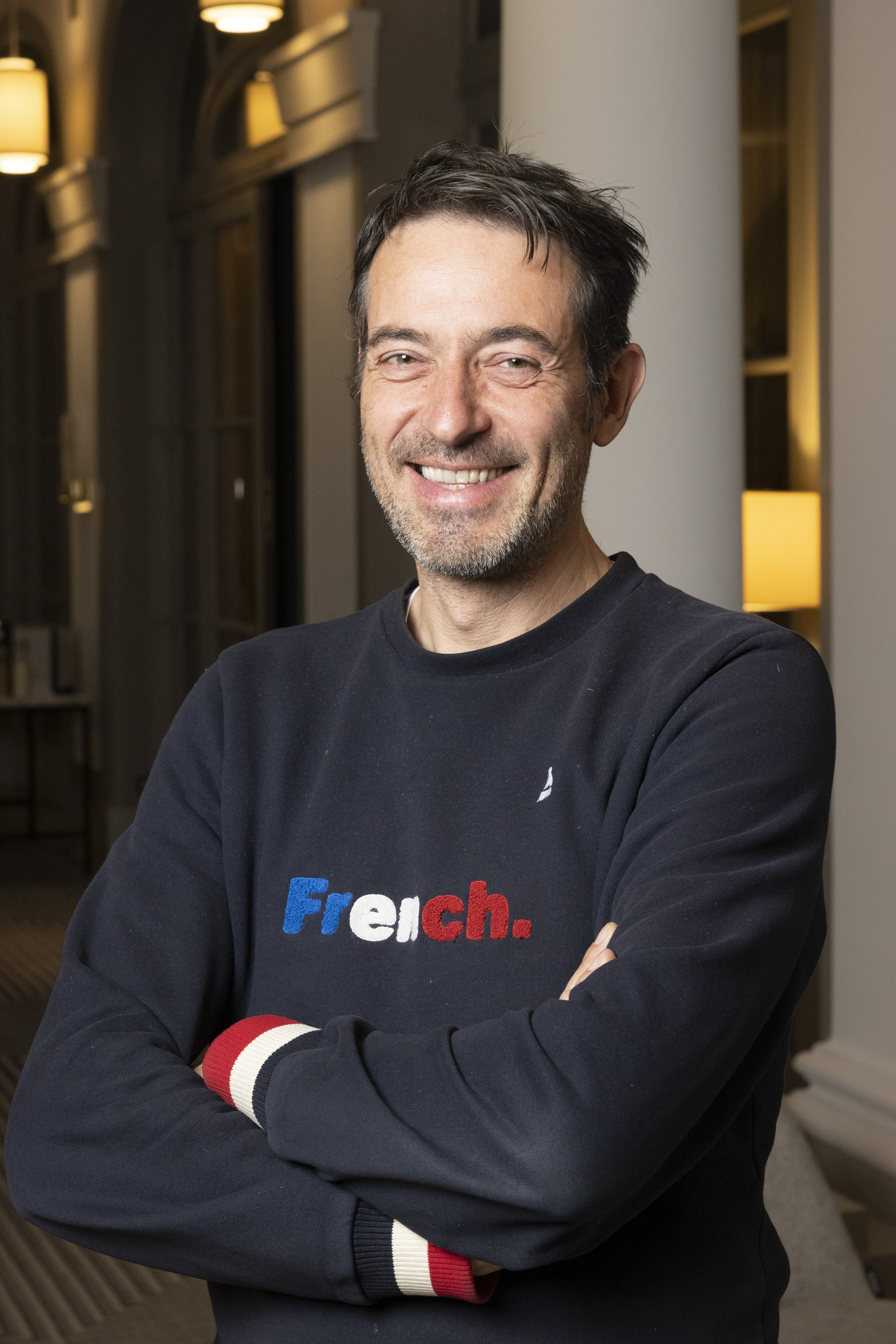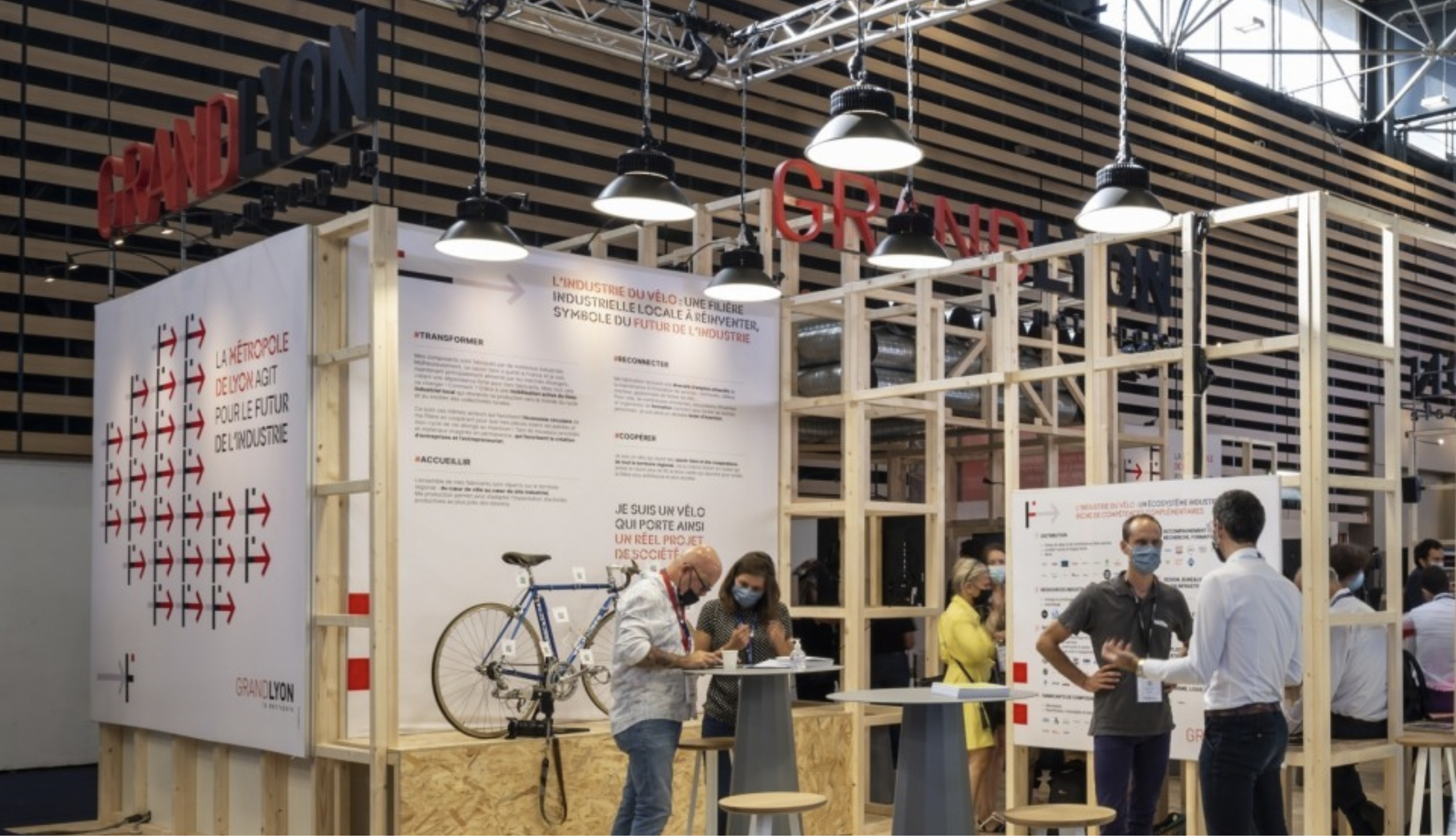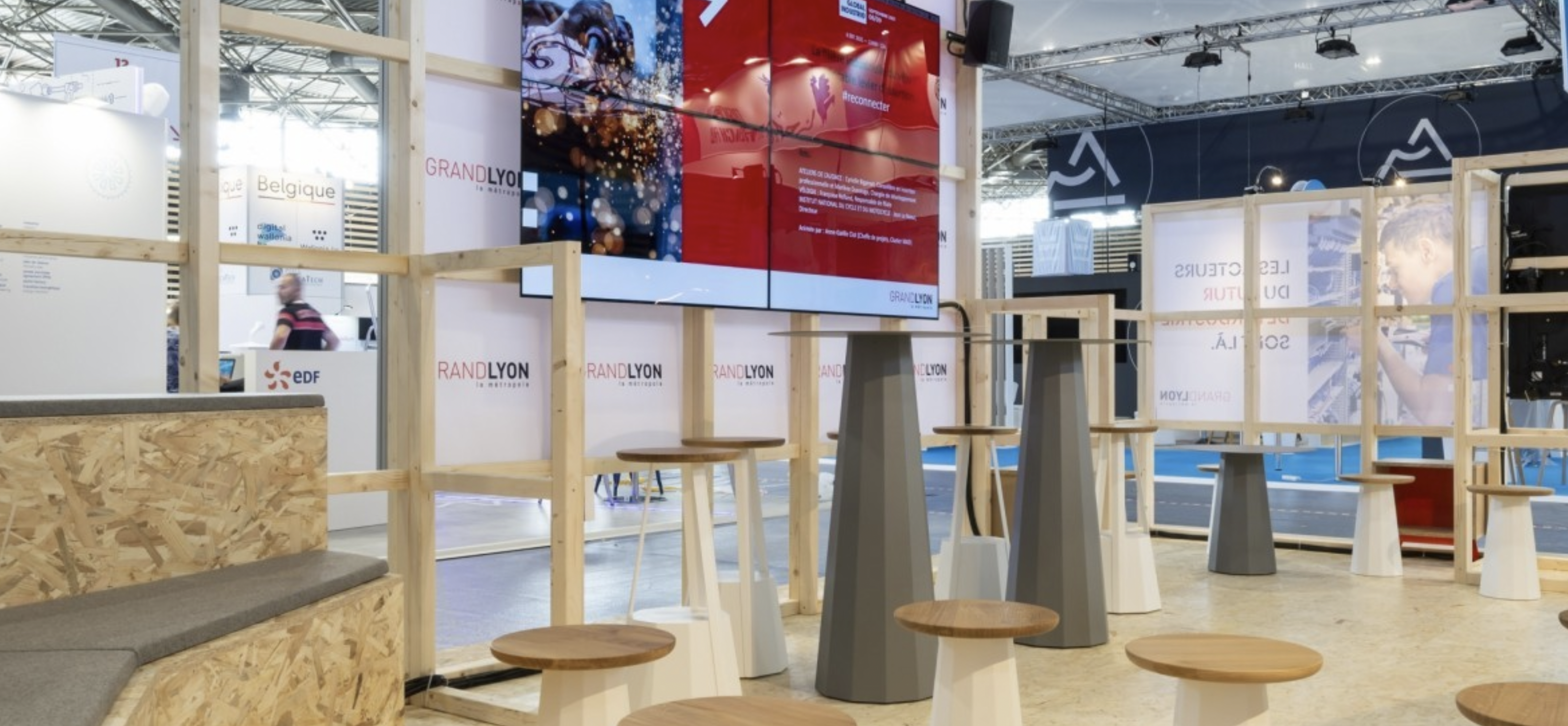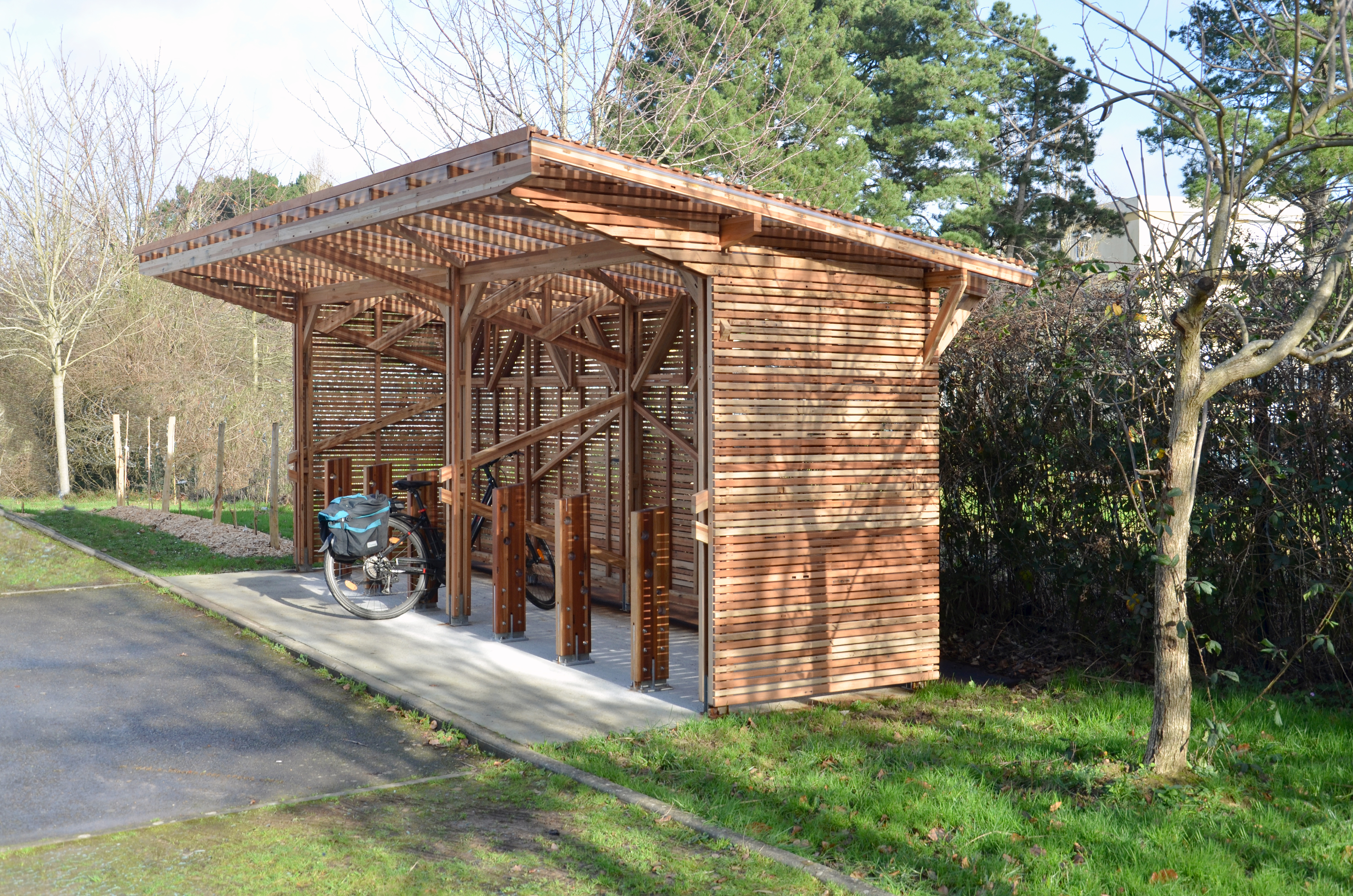Recycling, direct and adaptive reuse : upcycling in progress!

Recycling, direct and adaptive reuse : upcycling in progress!
Driven by regulations and different ordering patterns, fitting-out and furnishing stakeholders are pushing back boundaries and developing a positive feedback loop in their practices. Initiatives and collaborations are multiplying. UPER’S spokesman Fabrice Poncet, director of La Fabrique, sketches a panorama for us.
"CSR is meaningful when it has a positive impact on a business’s value chain. It's first and foremost a way of doing things, which means seeking ways to take on board the interested parties’ (employees, clients, suppliers) aspirations and develop the way you all work, never losing sight of any environmental impact, no matter how small."
Fabrice Poncet, director of « La Fabrique » and spokesman fro "Les Uper's", the upcycling scheme.

How has public and private sector ordering changed since the advent of recent laws like the AGEC Act (anti-waste for a circular economy), which planned that by 2022, 20% of furniture bought by the public sector would be the outcome of re-use?
We’re progressing but unfortunately we’re not there yet. There are several reasons for that. First, the enforcement decrees for this Act were unclear and need to be revised at the start of this year. Second, both the quality and volume of the offering are advancing but there is still not enough of it with respect to market sizes. Third, public sector buyers sometimes lack training in these matters, causing them to demand standards guarantees relevant only to new equipment and not achievable in adaptive reuse.
In the private sector, we are seeing real changes in purchasing and a rising insistence on CSR requirements. This is being pushed by those sectors most exposed to these new requirements: large businesses in spheres like banking, insurance, hotels, etc.
What do yoou see as the tell-tale signs of this trend?
The first is more and more furniture houses working in a circular economy. It's extremely buoyant, as these are stakeholders who contribute visibility, with high profile design offerings and a big influence on markets and distribution. They also develop volumes to match the demand and offer fitting-out firms new solutions. Actors like Kataba, Dizy, Noma, or Furniture For Good privilege eco-design and French manufacture along with recycling and reuse. Taking their lead from pioneers like Intramuros, Maximum, and Api’Up, they are helping structure a new and much more eco-friendly French furniture sector. And this gives them access to large-volume orders. Furniture For Good, for example, recently delivered 3000 chairs made entirely from recyclables to VIPARIS, the Parisian congress venue manager.
The second sign is innovation, whether it be in materials, design, or the process. On the materials front, we are seeing examples like “Le PAVE”, made entirely from plastic regrind moulded into slabs that can be sawn, drilled, chamfered, sanded, and in general worked as easily as wood, lending itself to multiple applications. Moreover, a lot of companies are setting up locally based on this type of process.
In the area of aesthetics and eco-design, we could mention Tizu, which makes furniture from waste chipboard covered with resin-impregnated recovered fabrics. It offers top quality looks and finish and is currently being distributed by Manutan.
Industrial furniture manufacturers are also reappraising their practices and adapting their processes. Coulidoor for example is a manufacturer of large cupboards who has set out on a programme of using its offcuts to produce small furniture. We could also mention Fermob and its “Repaint” scheme. This is a network of painters who people or firms can turn to for repainting Fermob’s furniture or that of other makers.
You're a member of UPER'S, a subsection of the furniture professionals' association "l'Ameublement Français" founded to give mpetus to reuse and upcycling. What projects are there on the UPER'S horizon?
We are already working with all the stakeholders I’ve mentioned so far.
Our group is already giving thought to numerous matters—accreditation labels, distribution, use of glues, etc.—in order to share experiences and help make real inroads into the development of reuse.
On this year’s agenda, we are embarking on a much more structured collaborative assignment with long-standing industrial members of L’Ameublement Français. Our issues include fostering cross-pollination, breaking down silos, and creating links between stakeholders.
We will be forming duos consisting of an UPER’S adherent who proposes new solutions and an industrial firm who has the production capabilities, with the focus on creating eco-designed products or furniture. We are lucky in France to have on one hand the industrial furniture manufacturers, mostly family businesses whose financial shareholders are patient and want to evolve, and on the other hand lots of small structures committed to reuse, sometimes with very innovative solutions. Uniting to act can only be a good thing.
For further information :
https://www.ameublement.com/article/club-uper-s
https://lafabrique.biz/
Lyon Métropole's eco-designed stand
When ordering its new stand for the Global Industries, Go Entrepreneurs, and Pollutec trade shows, Lyon Métropole—the Greater Lyon metropolitan area—wanted a congenial space that embodied the Métropole’s identity and values anchored in the region, all in a workbook of stringent environmental specifications.
TETRO got together with the TRAFIK studio and joiners from LA FABRIQUE to devise a modular, shape-shifting concept that could be adapted to the space occupied at each different trade show. The stand privileges the use of raw materials obtained locally or from a circular economy and having low VOC emission levels. TETRO undertook to limit its carbon footprint at all stages in the project, right down to delivery by bicycle and the reuse of end-of-life materials.


Upcycled bike shelter from 100 Détours
100 Détours specializes in the design and manufacture of indoor and outdoor architectural features made entirely out of timber from disused outdoor works.
To make this shelter, 100 Détours set to work using these timber resources to fabricate outdoor-grade glulam beams. The frame design is a 3D assembly of slender members. The optimized cross-sections of these members, produced with the help of structural joinery maker Vivier Structure Bois, resulted in this lightweight design reminiscent of Art Nouveau and Hector Guimard’s Paris Métro station entrances.
This particular shelter came away with the regional prize in the 2022 Construction Bois Trophées Bâtiments awards for circular economy achievements.

SEE YOU NEXT WEEK FOR THE NEXT EPISODE!
fIND ALSO THE EUROBOIS SERIES ON THE SOCIAL NETWORKS OF THE SHOW




